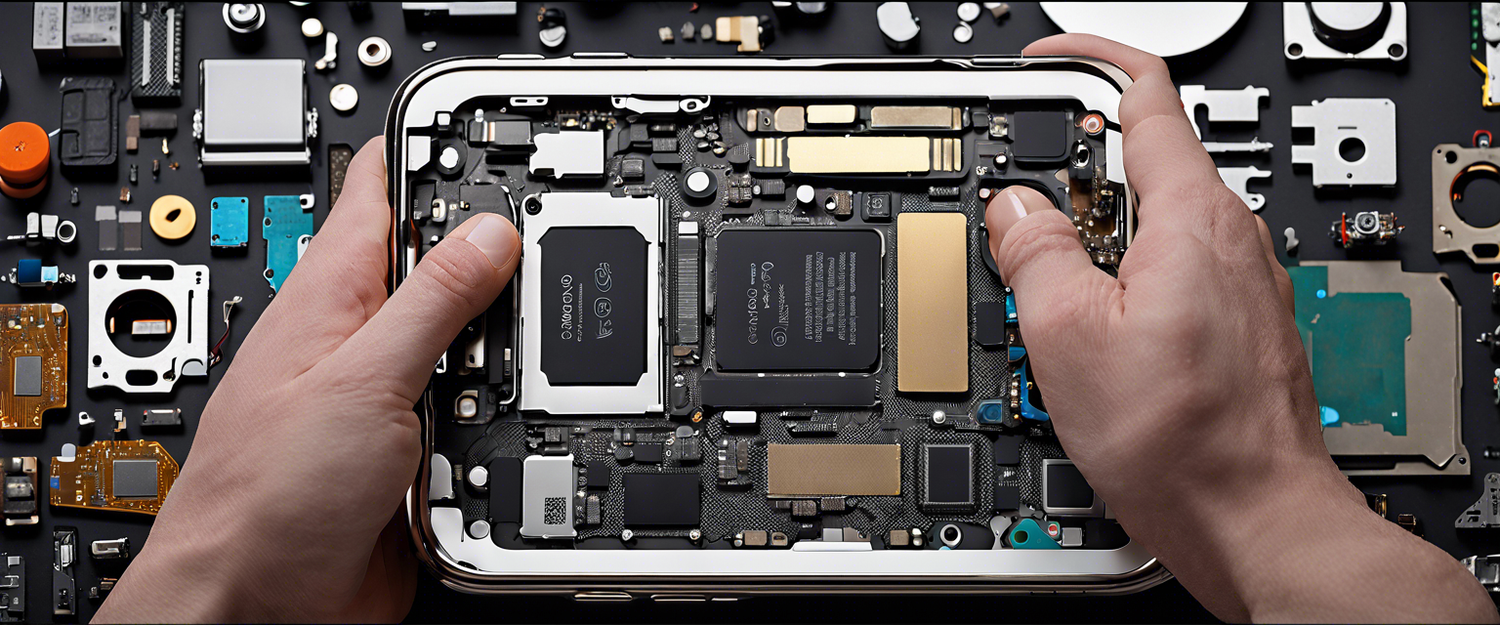The iPhone 16 Lineup: A Closer Look at the Disassembly
The recent launch of the iPhone 16 series has not only excited consumers but also sparked interest in its repairability. Experts from iFixit have begun their disassembly process, facilitated by the release of repair manuals from Apple on day one. This innovative approach allows users and technicians alike to better understand the components and repair options available for these new smartphones.
Key Features of the iPhone 16 Disassembly
The teardown reveals several intriguing features, particularly regarding its hardware functionality. One notable component is the Camera control, which is now a real, movable button. Additionally, the presence of a flex cable suggests the incorporation of a pressure-sensitive mechanism that could enhance user interaction by measuring force applied on the control.
Heat Management in the iPhone 16
Apple has also taken steps to manage heat generation, particularly concerning the A18 chip’s Neural Engine. This chip is designed to handle intensive AI tasks, and the heat sink placement within the device appears to be strategically designed to keep it cool during demanding performance loads.
Innovations in Battery Adhesive Technology
This year's base iPhone 16 has brought forth an exciting first—Apple's introduction of electrically debondable adhesive for its battery enclosure. While the new adhesive technology is not yet universally applied across all Apple devices, the details outlined in Apple's repair documents provide concrete insights into its functionality.
How Does the Electrically Debondable Adhesive Work?
According to a report from The Information earlier this year, the debonding process was demonstrated with technology provided by adhesives leader Tesa. The procedure is fairly straightforward: after disconnecting the battery from the logic board, you can apply electricity using a power source. For instance, a 9-volt battery applied for about 90 seconds allows the previously affixed battery to detach so smoothly that gravity can facilitate its removal. To ensure the new battery adheres properly, only pressure is needed to reattach it.
Performance and Longevity of the Adhesive
iFixit's testing indicates that on new units, a current of 20 volts can successfully release the bond in as little as five seconds, with a maximum allowance by Apple being 30 volts. Over time, it is expected that the time required for release may increase, making it essential for technicians to keep this in mind when dealing with repairs on older devices.
Conclusion
Overall, the disassembly of the iPhone 16 lineup has unveiled significant advances in design, functionality, and repairability. The implementation of electrically debondable adhesive not only enhances the process of battery replacement but also represents a major shift in how Apple designs its products for longevity and sustainability. With these innovations, Apple is paving the way for a more user-friendly repair experience, promising users greater ease when maintaining their devices in the future.



댓글 남기기
모든 댓글은 게시 전 검토됩니다.
이 사이트는 hCaptcha에 의해 보호되며, hCaptcha의 개인 정보 보호 정책 과 서비스 약관 이 적용됩니다.